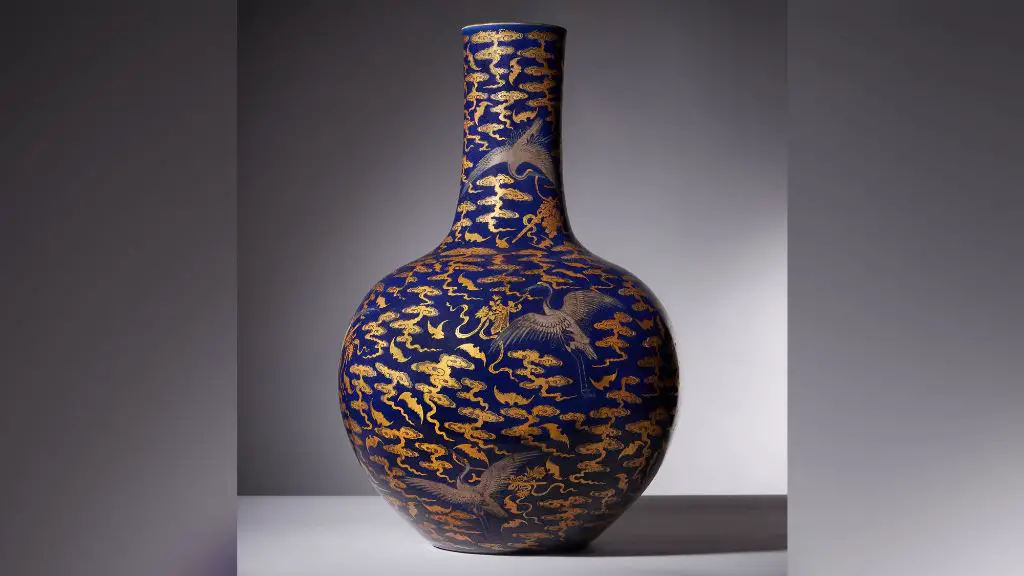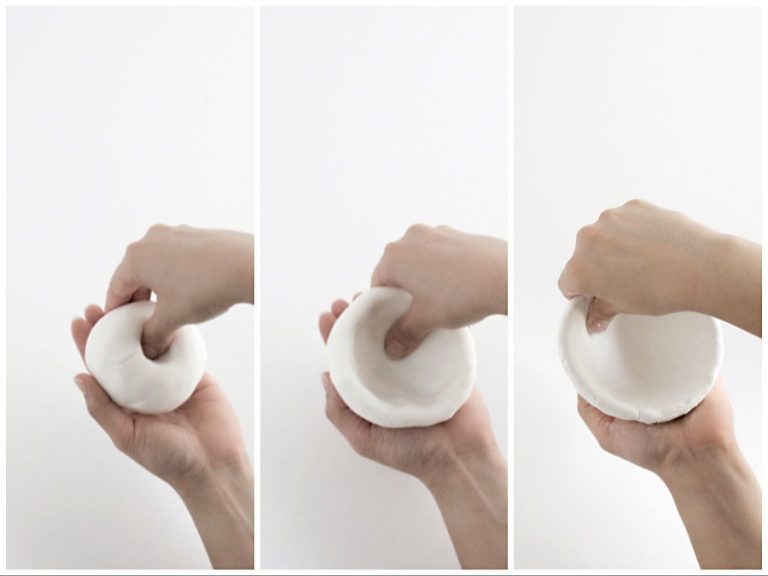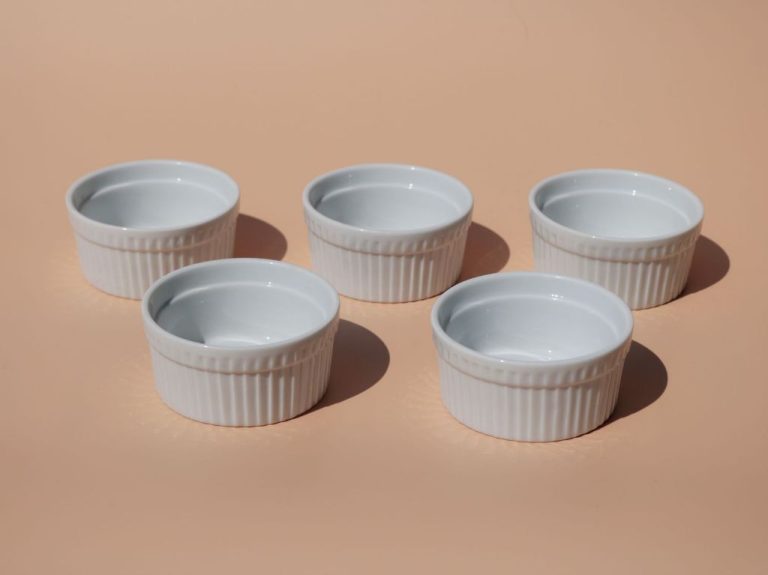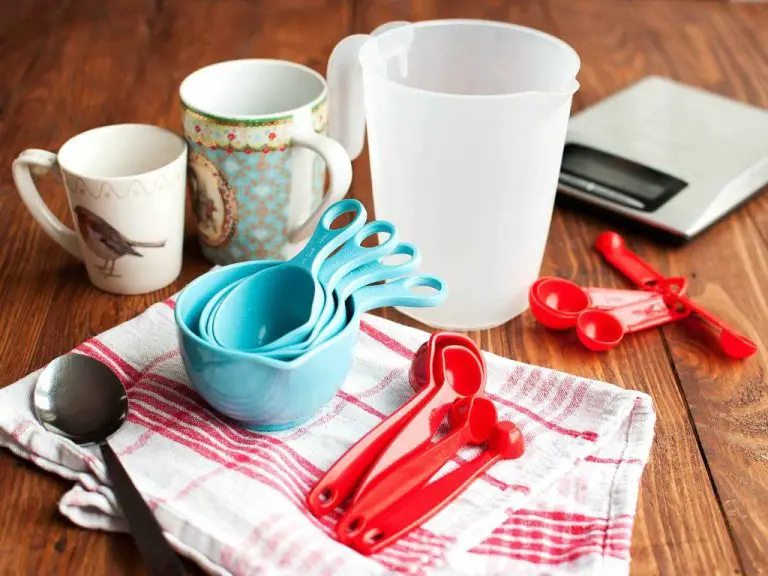What Pottery Is The Most Valuable?
Pottery refers to objects made from clay that have been shaped and hardened through firing at high temperatures. Ceramics is a broader term that encompasses pottery as well as other clay-based objects like tiles and sculptures. While pottery and ceramics serve practical purposes like storage containers, they are also viewed as works of art with aesthetic value.
Pottery is one of the oldest art forms, dating back over 20,000 years. Across cultures and throughout history, pottery has been crafted both for everyday use and as decorative, collectible items. The earliest pottery vessels were simple containers, but as techniques advanced decorative elements were added through glazing, painting, and sculpting. Master potters elevated utilitarian clay into fine art ceramics that could be prized possessions.
Today, certain types of antique or rare pottery are highly sought after by collectors and investors. The age, condition, artist, style, and other factors determine the value and appeal of pottery as an artistic and financial asset. Understanding what makes for valuable pottery requires delving into its history, noteworthy styles and artists, and current market trends.
Most Valuable Types of Pottery
The most sought after and valuable types of antique pottery tend to fall into three main categories: porcelain, stoneware, and earthenware. Each category has unique origins, materials, and characteristics that make them appealing to collectors.
Porcelain
Porcelain originated in China during the Tang Dynasty (618-907 AD) and became known in Europe starting in the 14th century. It is made from kaolin clay and finely ground stone like quartz or feldspar. Fired at very high temperatures between 2,300-2,500 degrees Fahrenheit, porcelain becomes vitrified and translucent. It produces a very thin, hard, and white final product that has high strength and low porosity. Famous porcelain makers include Meissen, Sèvres, Limoges, Royal Copenhagen, and Royal Doulton. Antique porcelain pieces like vases, plates, and figurines can fetch high values at auction.
Stoneware
Stoneware dates back thousands of years and encompasses pottery that is dense, nonporous, and fired at high temperatures between 2,100-2,300 degrees Fahrenheit. The clay contains minerals that vitrify and become glassy when fired. Traditional stoneware uses clays with naturally occurring silicates while modern formulas add materials like feldspar. The thick opaque final product resists chipping and withstands temperature changes. Well-known stoneware potters include Jugtown Pottery, Mary Frank Gaston, and Hiroe Swen. Japanese Mashiko stoneware, English salt-glazed stoneware, and American folk pottery are among the most collectible.
Earthenware
Earthenware refers to pottery fired at lower temperatures, between 1,800-2,100 degrees Fahrenheit. The clay contains iron and other minerals which prevents vitrification, so the final product is porous and opaque. Earthenware includes terracotta and redware. Notable examples are Native American pottery, Pennsylvania Dutch pottery, Majolica pottery with bright glazes and colors, and Mochaware with branching dendritic patterns. While earthenware is typically less valuable than porcelain or stoneware, rare pieces by acclaimed artisans can still fetch high prices.
Notable Pottery Artists
Some of the most famous and influential pottery artists include Bernard Palissy, Josiah Wedgwood, and George Ohr.
Bernard Palissy (1510-1590) was a French potter who became famous for creating ornately decorated ceramic plates, platters, and dishes featuring realistic sculpted animals, reptiles, shells, and foliage. He pioneered new ceramic glazing techniques and became known for his vivid storytelling depicted on majolica pottery. Palissy’s works are highly sought after today, with some pieces selling for over $1 million.
Josiah Wedgwood (1730-1795) was an English potter who founded the Wedgwood company, which mass produced pottery and porcelain. He helped revolutionize the pottery industry through industrialization and division of labor. Wedgwood created elegant tableware like the famous jasperware in neoclassical styles. His vases and dishes featured relief modeling and painted decor. Wedgwood pioneered durable ceramic bodies like basalt andQueen’s Ware.
George Ohr (1857-1918), known as the “Mad Potter of Biloxi,” was an American potter who created innovative abstract and asymmetrical pots with bright colors and metallic lusters. Ohr slipped and splashed his clay erratically to produce ONE-of-a-kind pieces. He signed each work with the date and location. Ohr’s experimental pots were largely ignored during his lifetime but later recognized as visionary. His works now sell for record sums.
References:
https://artfilemagazine.com/famous-ceramic-artists/
https://www.artchive.com/art-mediums/pottery-ceramics/
Characteristics of Valuable Pottery
Several key characteristics distinguish valuable or collectible pottery from more common pieces. Some of the main factors are the pottery’s age, rarity, maker’s marks, condition, decoration, and historical significance.
Age is one of the most important factors, with older pieces from the 17th-19th centuries being most prized by collectors. Items made during the Arts and Crafts movement or by famous pottery studios like Wedgwood and Moorcroft also command higher prices. According to this source, the vitrification process used in glazing clay is what initially made pottery a useful vessel for cooking, storing food, and carrying water.
The rarity of a piece also adds value, as unique shapes, patterns, or production techniques make it stand out. Clear maker’s marks or signatures identifying the artist increase authenticity and provenance. Excellent condition with minimal damage or repairs is ideal. Decorations like intricate painting, glazing, stamps, or embossing raise the desirability of high-quality pottery. Finally, historical ties to major events or people create prestige and interest. Evaluating all these characteristics together determines the market value of antique, vintage, or modern pottery.
Notable Auctions and Sales
Some of the most valuable and record-breaking sales of antique pottery at auction include:

A Chinese imperial revolving vase from the Qianlong period sold for $41.6 million at a Beijing auction in 2021, setting the record for the most expensive ceramic ever sold at auction (https://en.thevalue.com/articles/poly-beijing-qianlong-revolving-vase-auction-record-result). The vase featured fine enamel painting and was made for the Emperor Qianlong in the 18th century.
In 2023, a rare ru guanyao brush washer from the Song dynasty sold for $25.4 million, making it one of the most expensive Chinese ceramics ever (https://en.thevalue.com/articles/auction-review-2023-most-expensive-antique-chinese-porcelains-top-five). Ru ware is known for its simple, refined beauty and subtle glazes.
A Ming dynasty cobalt blue and white porcelain vase sold at auction for over $19 million in 2010, setting a new record for Chinese porcelain at the time.
Rare pieces from renowned potters like Bernard Leach, Shoji Hamada, and George Ohr have also sold for millions at auction when in exceptional condition.
Determining Authenticity
Knowing how to spot fakes and reproductions is critical when collecting valuable pottery. Some tips for determining authenticity include:
Experts recommend examining the color, glaze, weight, marks, and overall appearance of a piece. Modern reproductions often have colors that are too bright or uniform when compared to originals.
Study the bottom or backstamp marks carefully, as forgers may add fake markings to newer pieces. Compare any marks to authenticated examples in resources like Crooke’s Manual of Marks.
Inspect the wear and minor damages on pieces – forged aging effects rarely fool experienced eyes. Genuine antique pottery acquires a patina over decades of use.
Advanced authentication methods include using blacklight tests, microscopic inspections of glazes, and thermoluminescence dating. Consult a professional appraiser when doubt remains about authenticity.
Factors Affecting Value
There are several key factors that determine and influence the value of a piece of pottery, including:
Age
The age of a piece of pottery is important. Antique pieces from the 18th and 19th centuries tend to be more valuable than modern pieces. The earliest examples of specific techniques, glazes, and decorative styles also command higher prices.
Condition
The condition of a piece of pottery greatly impacts its value. Any chips, cracks, or repairs will decrease value. Pieces in pristine, original condition with no damage or restoration fetch higher prices at auction.
Rarity
Rare pieces from well-known artists or limited productions are worth more. Truly one-of-a-kind, unique pieces made by notable artists command premium prices.
Maker Marks
The signature, markings, or stamps identifying the artist or manufacturing studio can greatly increase value, especially for rare pieces from acclaimed artists.
Decoration
More intricate, complex decorations and glazes generally increase value, as do innovative techniques. Sought-after decorative styles like Ming dynasty blue-and-white porcelain raise prices.
Provenance
A documented history of previous ownership and exhibitions can validate authenticity and significance, increasing monetary value. Well-researched provenance is key for high auction estimates.
Safe Storage and Handling
To properly care for and preserve valuable pottery, it’s important to be mindful of environmental factors like temperature, humidity, sunlight exposure, and physical shocks that can damage the objects over time. According to conservation guidelines from the Canadian Conservation Institute (link), the ideal temperature range is 18-20°C (64-68°F) with humidity around 50%. Fluctuating or extreme temperatures can cause cracking or glaze spalling. Ceramics should be kept away from direct sunlight which can cause fading and damage. Ensure storage areas are free of vibration and shock that could chip or break objects.
When cleaning valuable ceramics, never use abrasive materials or harsh chemicals which can erode surfaces. Instead, gently wipe with a soft damp cloth and mild detergent like a pH-neutral soap, then rinse and dry completely (link). Avoid immersing objects in water. Use great care when handling to prevent cracks, chips or breaks. Valuable pieces should be displayed and stored securely using padded supports if necessary. Proper care helps preserve both the integrity and value of these important cultural artifacts.
Current Market Trends
The current trends in pottery collecting show a continued interest in rare and historical pieces. Collectors today especially desire pottery from renowned artists and studios. Prices realized at recent auctions reflect this.
For example, a rare tea bowl created by renowned Japanese potter Raku Chojiro sold for over $300,000 at auction in 2022, setting a new record for Raku ware (Christie’s). Works by acclaimed British potter Bernard Leach also continue to fetch high valuations, such as a stoneware vase that sold for $150,000 in 2021 (Invaluable).
Prices for antique and historical pottery from renowned studios remain high as well. For instance, an 18th century Chinese vase from the imperial kilns sold for over $9 million at Sotheby’s in 2022 (Sotheby’s). This reflects continued collector interest in one-of-a-kind pots with historical significance.
Overall, as collectors seek out rarities and renown, pottery pieces in mint condition from top historical and modern artists and studios continue to command the highest valuations at auction.
Conclusion
In summary, the most valuable types of pottery tend to include very old or rare pieces from renowned artists and cultures. These may include Song dynasty porcelain from ancient China, Greek Attic pottery such as Greek red-figure and black-figure vessels, medieval Persian pottery, and Italian Renaissance majolica. Other potentially high-value types are those with intricate decoration, unusual styles, or important provenance associating them with historical events or people.
To help identify valuable antique or vintage pottery, look for markings indicating age and origin, study the materials and methods used, and consult an expert appraiser to authenticate pieces. Proper storage and handling is also key for preserving value. Keep objects in a stable environment away from direct light, heat, humidity fluctuations, and potential damage. Handle with care and refrain from over-cleaning surfaces.
As with most antiques, the pottery market fluctuates over time. Stay up to date on trends by monitoring auction results and checking in with dealers. But remember that the value depends on many factors, so focusing too much on maximizing financial return can eclipse the inherent artistry and cultural importance of these artifacts.





